Tag: clouds
-
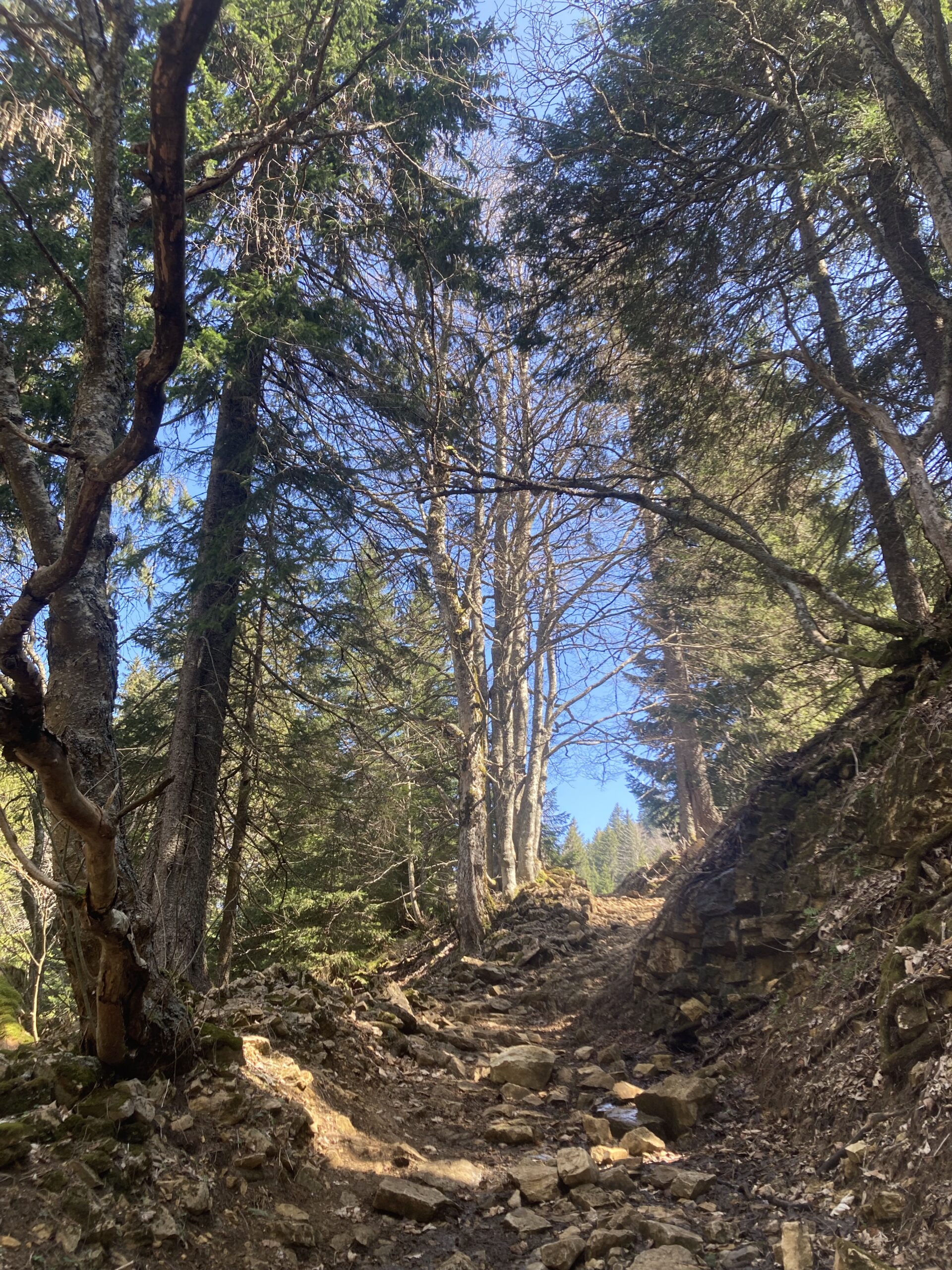
Watching a Cloud Grow While Walking
Reading Time: 5 minutesYesterday I went for a walk and during this walk I kept looking at the Jura. Above the Jura I could see a cumolonimbus cloud mushroom and grow upwards, before spreading out. This morning I read about a huge hail storm. I photographed that storm cell as it was growing. Yesterday I…
-
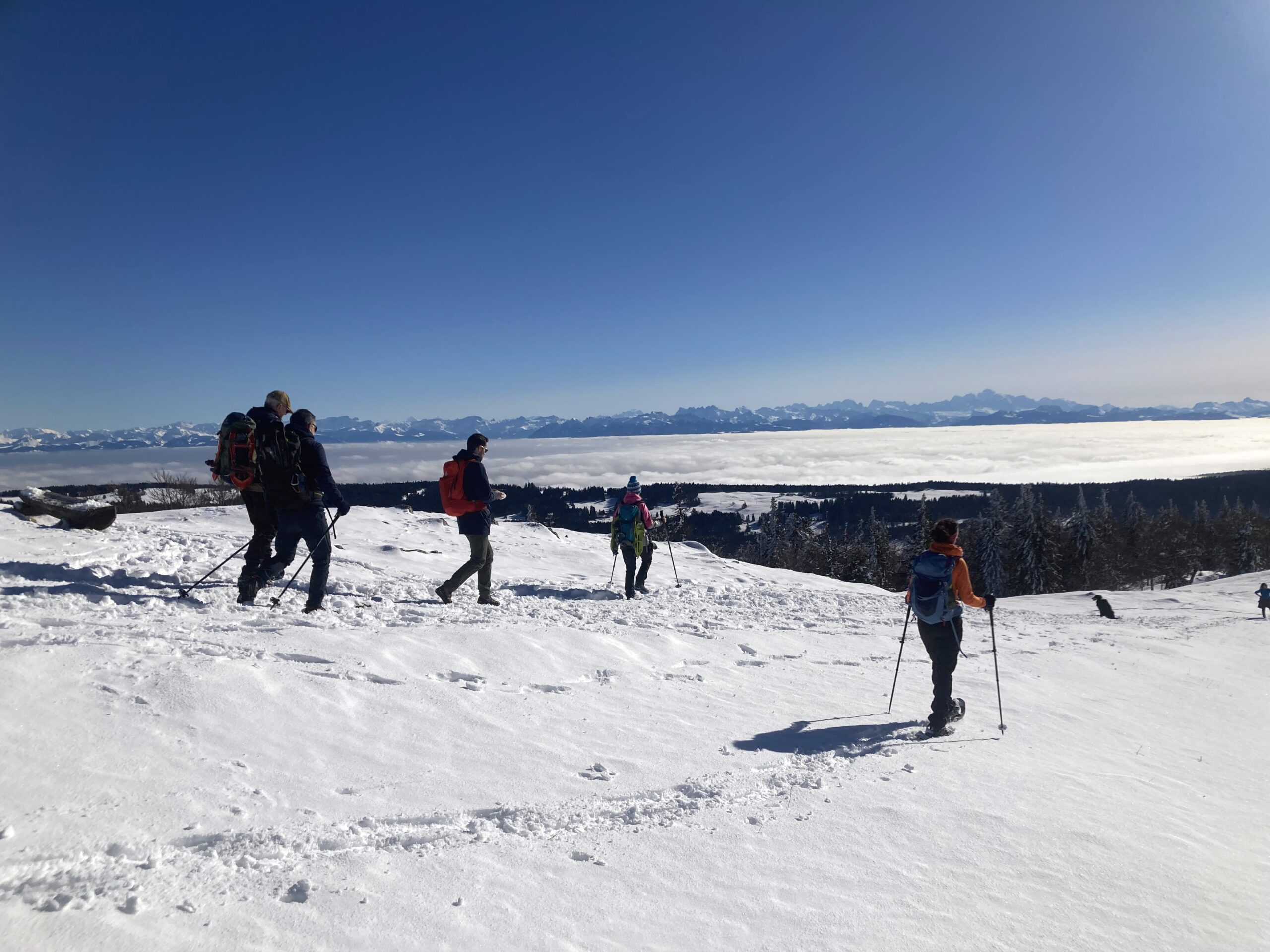
Snowshoeing in Shallow Swiss Snow
Reading Time: 3 minutesWhen I went snowshoeing as a child I was photographed and it was used by the St Cergue Tourism board. I still have that poster in a room. Since then I went snowshoeing a few years ago and didn’t really enjoy it. The snowshoes didn’t feel comfortable. A few weeks ago I…
-
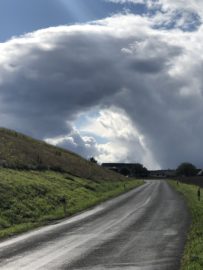
A Cloudy Sky
Reading Time: 2 minutesToday as I walked from one village to another I looked up the hill and I saw a cloud arch framing a nearby village and I had to take a picture. The framing of the image was rather unique. It is below. Is it kitsch? There is a good chance. It was…
-
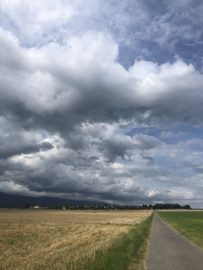
The Unthreatening Clouds
Reading Time: < 1 minuteThe unthreatening clouds did not bother me during my bike ride but it was cooler than sometimes at this time of year. I occasionally felt that an extra layer or two would be welcome. That’s unusual in July at this time of year. I chose routes that kept me as far…
-
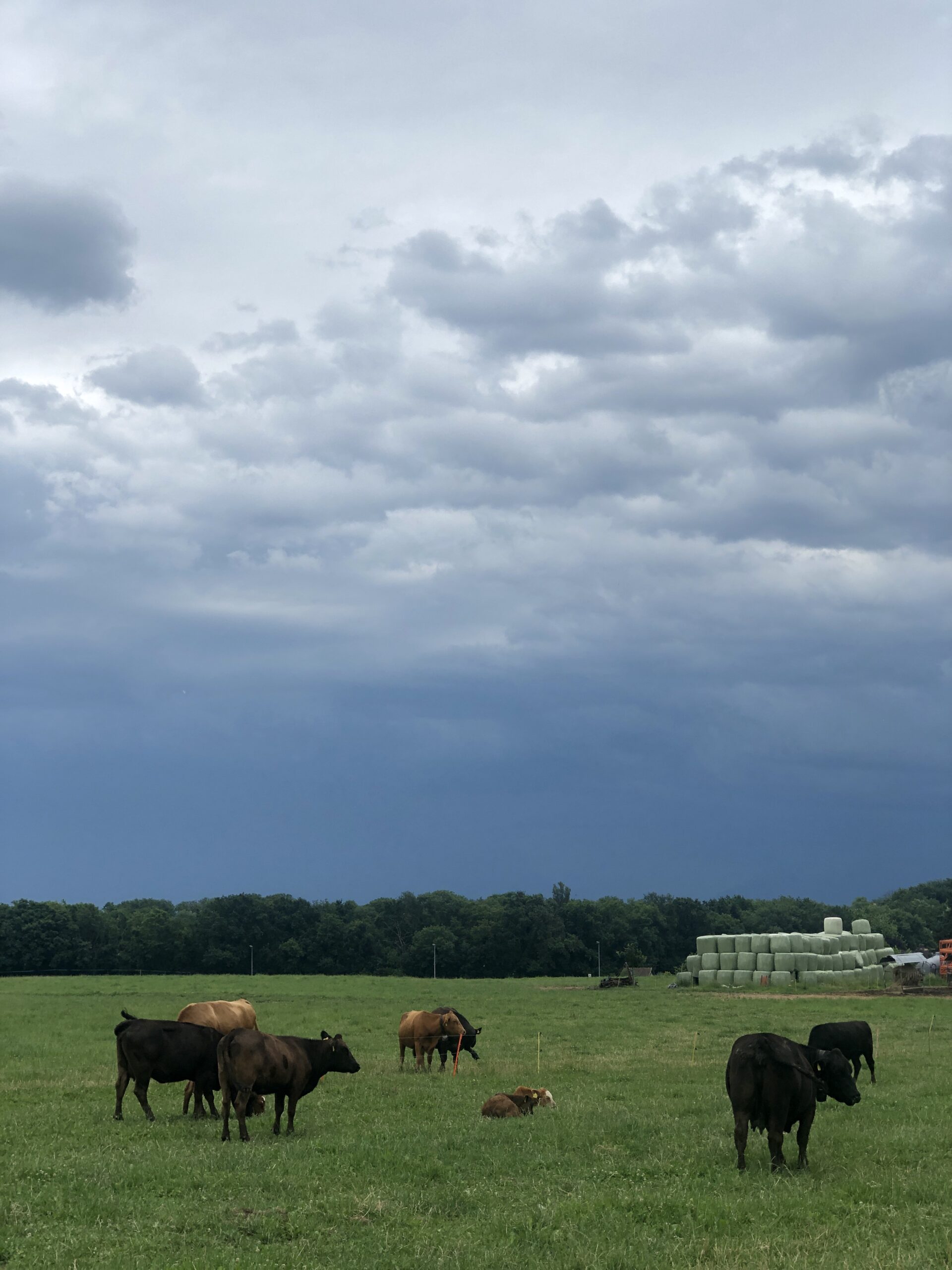
-
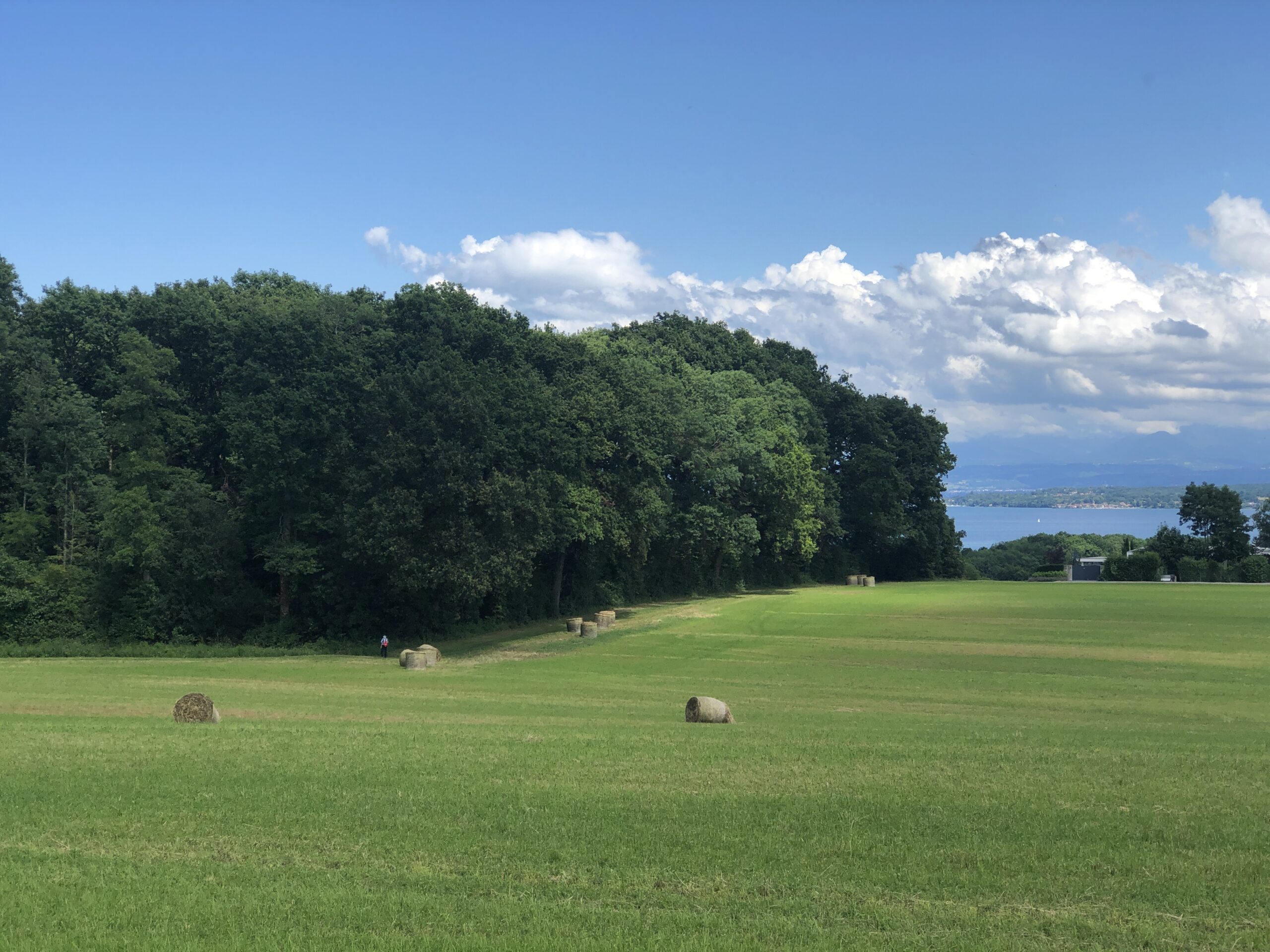
The Dynamism Of Light – Walking on a Cloudy Day
Reading Time: < 1 minuteIf we did not have seasons, and weather, then walking the same route several times a week would get boring. Thanks to the weather we see plants get sown, we see them grow, we see them harvested, and then we see new plants planted. Over time, we recognise plants at an…
-
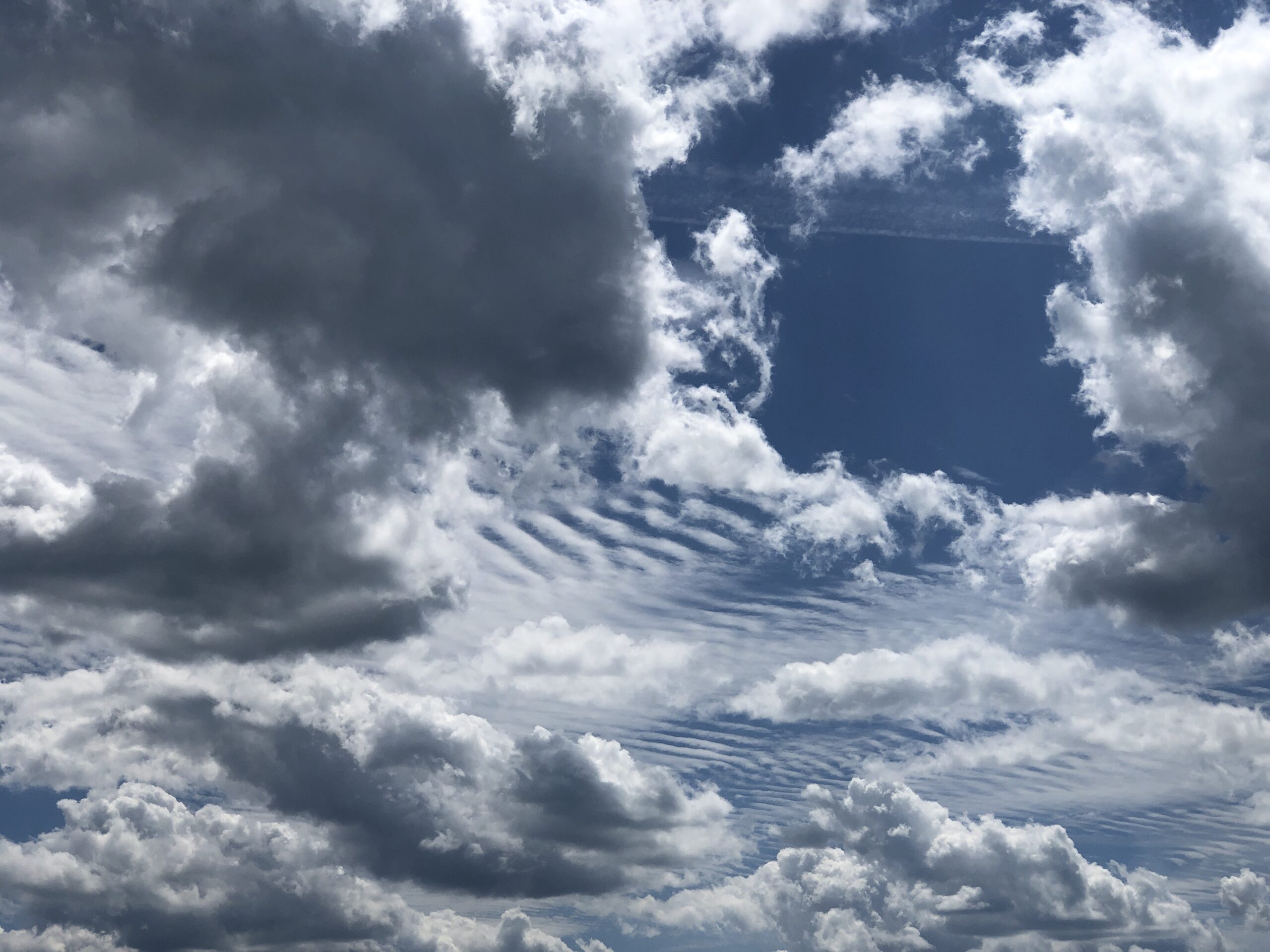
Nice Clouds on a Windy Day
Reading Time: 2 minutesSometimes you drive home on the scooter and you look up at the sky and you think “When I get out of this village I’m going to stop by the side of the road and I’m going to take a picture of the clouds because they’re photogenic. The reason for them being…
-
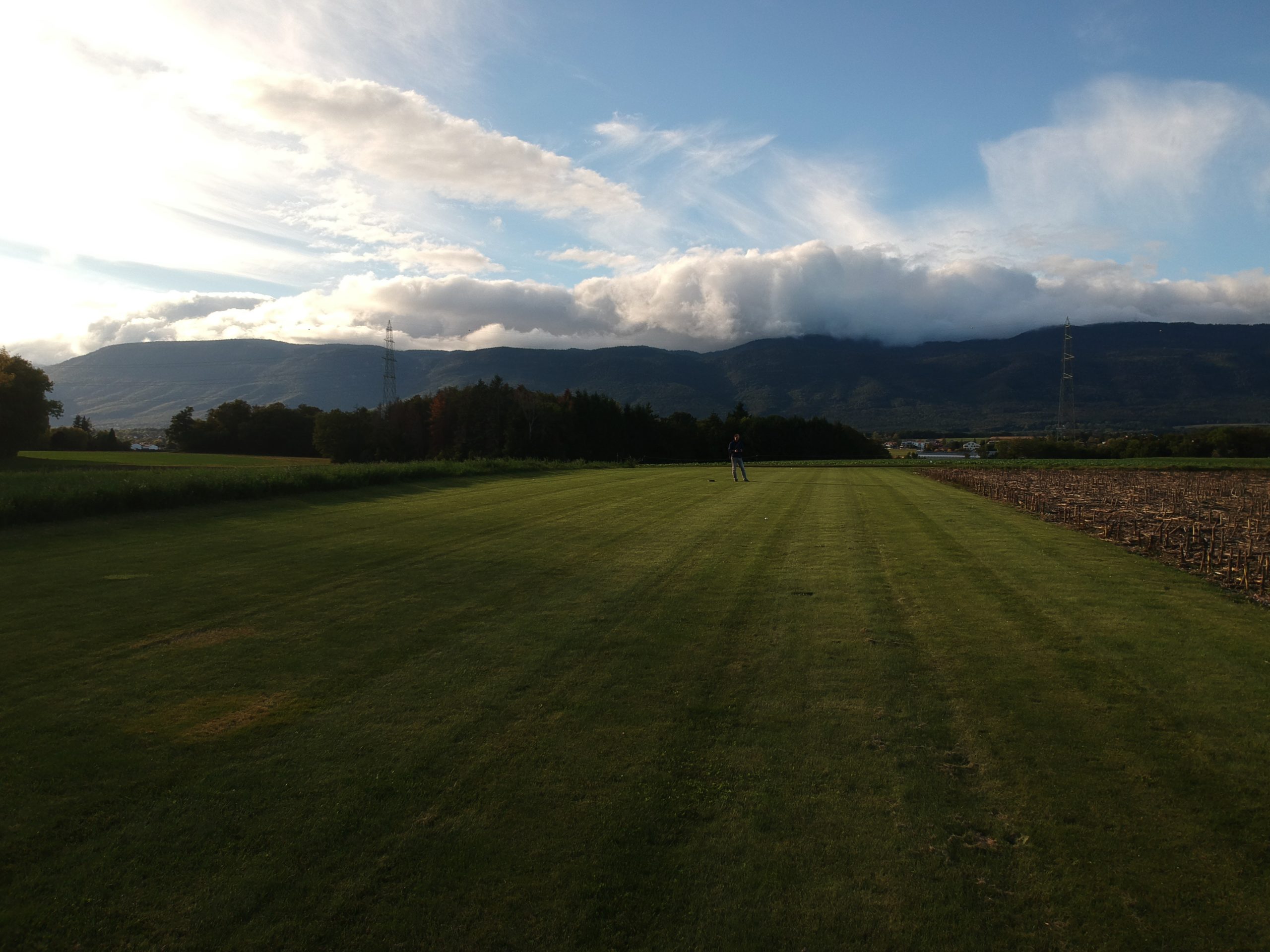
A Timelapse from La Barillette
Reading Time: 2 minutesIt is not rare for me to do a timelapse from La Barillette. Several years ago I tried a timelapse with a 360 camera where you saw clouds forming overhead and in a spherical video. I also filmed a timelapse of the Paléo parkings filling up. This time I went up the…
-
The Solar Eclipse as seen from the Vaud Countryside
Reading Time: < 1 minuteSolar Eclipse 2015 from Mainvision on Vimeo. Eventually the clouds blocked it.